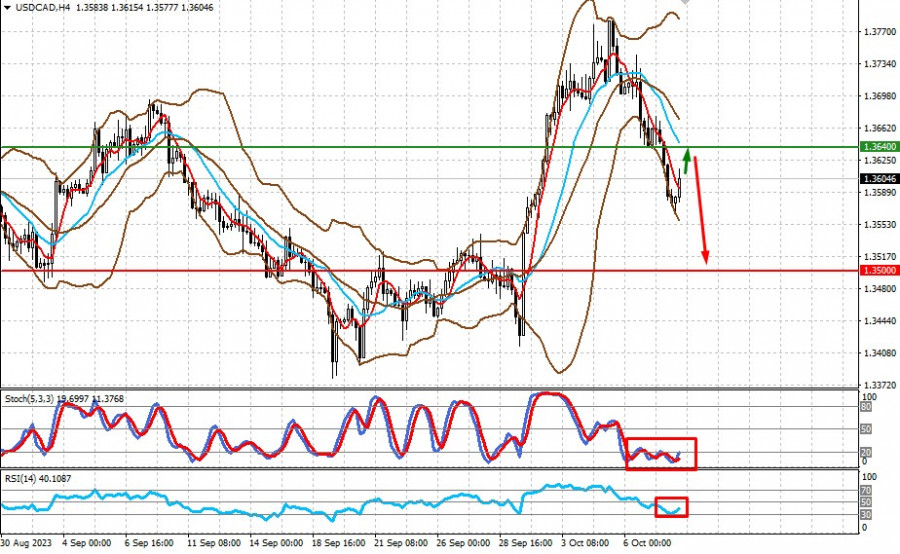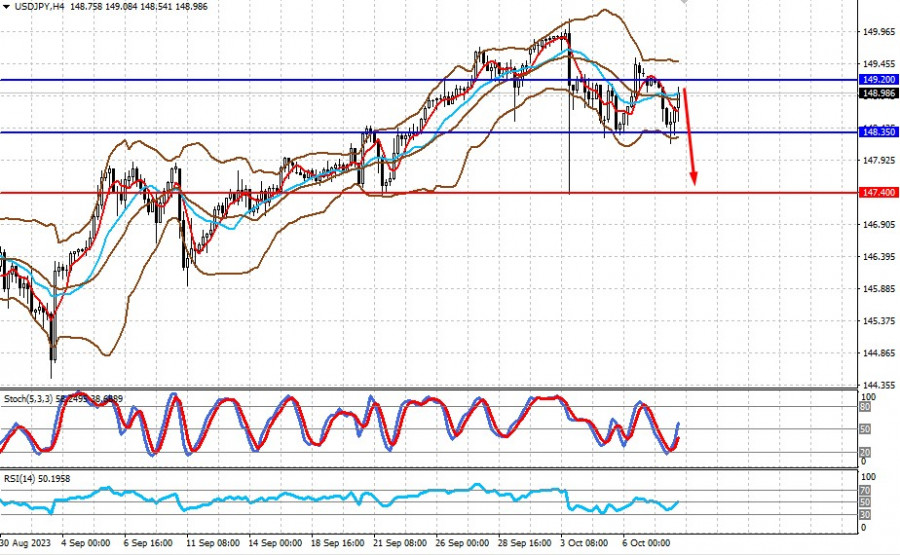
On Monday, the markets were riveted to the events meaning the start of the next hot phase of the conflict between Israel and the terrorist organization Hamas. This caused a local rise in prices for crude oil and gold.
Indeed, the unexpected start of the hot phase of the conflict played a role and led to a sharp increase in oil prices in anticipation of disruptions of oil supplies to the world market due to the risk of its spread outside the Gaza Strip. Of course, in this situation, investors rushed to gold as a traditional safe-haven asset. Stock markets came also under pressure. Local stock indices managed to enter positive territory only at the end of the American trading session. Curiously, the foreign exchange market did not react to this event at all. The dollar, as a safe haven currency, traded against major currencies with minor changes.
Everything is clear with the reaction of market participants to oil and gold prices. The question is why the dollar and the foreign exchange market in general did not react to the Middle East atrocities.
In our opinion, this can be explained by the fact that the Israeli authorities promptly set about their fight against Hamas. Their statements that this organization must be physically destroyed seem to calm the markets, as it leads to certainty and controllability of this conflict, at least for now. So, the currency market did not react. The underlying fundamental factor remains the likelihood of whether or not the Federal Reserve and other world central banks will continue to raise interest rates.
Importantly, because of the clarity in Israel's actions, crude oil prices have stopped rising and are even going through a downward correction, just like gold prices.
We believe that if other terrorist organizations, which are numerous in that region, do not enter into conflict with Israel, the crisis will be settled. It means there will be no geopolitical factor left to support prices for crude oil and gold. In this case, we should expect a prolonged downward correction in gold and oil prices. However, we should not expect a significant price decline since the crisis matter in the Middle East has not been resolved in principle and will hang like a sword of Damocles, threatening a new wave of instability. We believe that during correctional declines, investors will actively open long positions on oil futures, as well as gold ones.
It seems that the issue of the Middle East conflict is fading into the background for now, as all the attention of market participants is focused on the likelihood of the pause in raising interest rates by the Federal Reserve. According to the dynamics of the FedFunds futures, investors believe that with an 85% probability the key interest rate will remain unchanged in the range of 5.25-5.50% at the Federal Reserve meeting in November. Such prospects will stabilize positive sentiment in the markets.
Now this is a topic of major importance. In this regard, market participants will be interested in remarks from Fed policymakers speaking today: Raphael Bostic, Christopher Waller, and Neel Kashkari.
We believe that the clashes in the Middle East are not over yet. They are likely to move into another phase, more terrible, into a guerrilla war by Hamas and other representatives of Arab terrorist organizations against Israel. This means that crude oil prices and gold prices will be supported due to the state of instability in the region. In case of significant correctional declines, these assets will be subject to vigorous buying activity, especially since the pressure from the dollar will weaken due to expectations of another pause in rate hikes by the US central bank.
Intraday outlook


USD/CAD
USD/CAD is correcting upwards amid falling crude oil prices and positive dynamics in stock markets. The instrument may rise to 1.3640. If the situation worsens again, which is a likely scenario, USD/CAD could turn down again and fall towards 1.3500, supported by another bullish sequence in crude oil prices.
USD/JPY
USD/JPY is trading in the range of 148.35-149.20. The likelihood of another pause in the Fed's rate hikes in tandem with worsening market sentiment due to the Middle East conflict may again turn the instrument down and push the price down to the level of 147.40. This decline will intensify if the currency pair falls below 148.35.